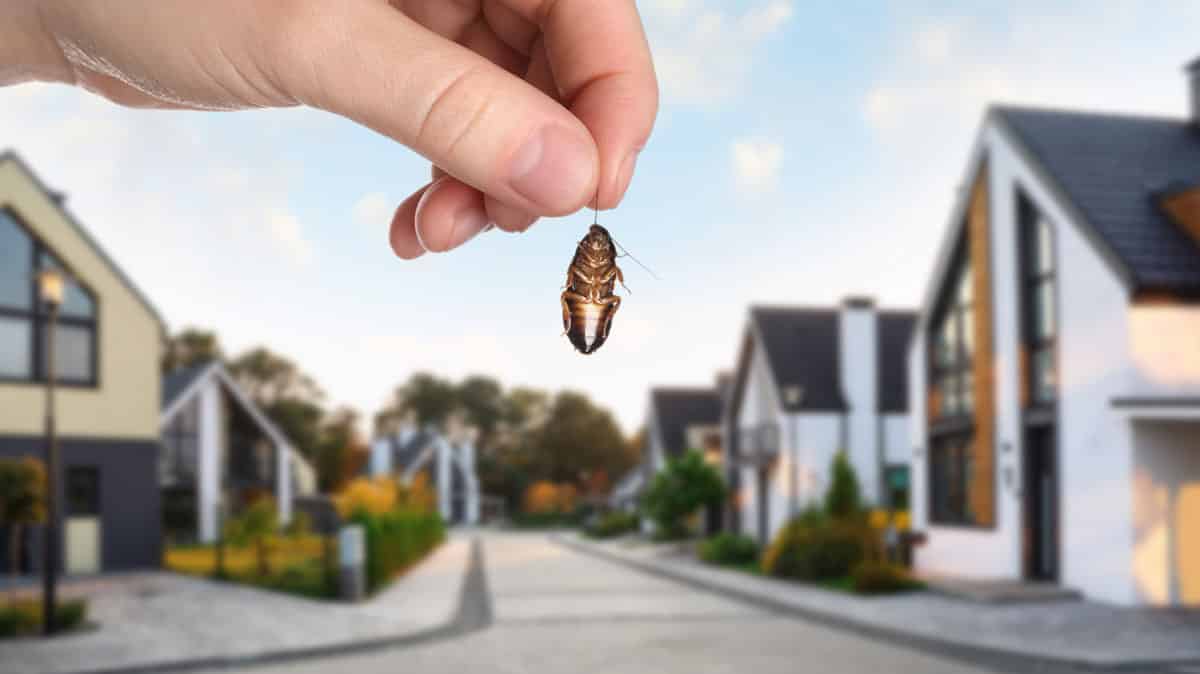Lifestyle
How to Pest-Proof Your Home for Long-Term Protection

Key Takeaways:
- Learn practical strategies for long-term pest prevention.
- Understand the importance of sealing entry points and maintaining a clean home.
- Discover natural remedies and essential maintenance practices for pest-proofing.
Table of Contents:
- Understanding Pest Entry Points
- Sealing Gaps and Cracks
- Adopting Smart Cleaning Habits
- Using Natural Deterrents
- Proper Landscaping to Deter Pests
- Conducting Regular Inspections
- When to Call Professional Services
Understanding Pest Entry Points
Unnoticed gaps, crevices, and openings allow pests to enter homes. Effective pest-proofing begins with identifying these entry points. Common areas include window frames, door thresholds, and utility pipes. By addressing these vulnerabilities early on, homeowners can significantly reduce the likelihood of an infestation. Regular inspections of potential entry points, especially around the exterior, help preemptively secure problem areas.
Creating a pest-proof barrier is essential for long-term protection. An exterminator in Concord can assist in identifying and securing these entryways to ensure your home remains a pest-free zone. By reinforcing weak spots with weather stripping, caulking, or mesh screens, homeowners can add an extra layer of defense against invasive pests. Keeping outdoor areas well-maintained, such as trimming vegetation away from the house and sealing garbage bins, further reduces attractants that draw pests indoors. Consistent pest prevention efforts protect the home and contribute to a healthier and more comfortable living environment.
Sealing Gaps and Cracks
Sealing gaps and cracks using caulk or weatherstripping is a crucial pest-proofing technique. Inspecting your home’s exterior annually is essential to ensure new gaps haven’t developed due to weathering or foundation settling. Ensuring the integrity of exterior walls and foundations prevents pests from entering. Installing door sweeps blocks spaces below exterior doors, serving as barriers against intrusions. Weatherproofing your home minimizes pest invasions and improves energy efficiency, saving on heating and cooling costs. Sealing vents and utility openings with mesh screens can prevent small pests from sneaking inside. Maintaining clean gutters and diverting water away from the foundation helps to cut down on excess moisture, which frequently draws rodents and insects. Additionally, storing firewood and outdoor debris away from the home’s perimeter limits hiding spots for pests, decreasing the chances of an infestation.
Adopting Smart Cleaning Habits
Regular cleaning is pivotal in pest management. It involves deep cleaning areas where crumbs and spills accumulate, such as behind appliances. Consistent cleaning disrupts the food availability that initially attracts pests. Keeping food sealed and stored properly diminishes pests’ food sources, reducing the chances of infestation. Taking out the trash regularly and covering trash bins can significantly reduce pest attraction by eliminating one of the strongest attractants.
Using Natural Deterrents
Natural deterrents can be an eco-friendly addition to pest-proofing. Essential oils like peppermint or citronella repel pests like spiders and mosquitoes. They can be applied as sprays or used in diffusers. Similarly, vinegar and lemon solutions effectively work against ants and flies due to their scent and acidity.
Proper Landscaping to Deter Pests
Landscaping decisions affect pest populations around your home. Trimming shrubs and trees reduce the chance of pests using them as bridges. Removing standing water and ensuring good drainage help avoid mosquito breeding. Using gravel or stones instead of mulch near the foundation can deter ants and termites. Planning gardens with pest-deterring plants, like marigolds, naturally reduces pest attraction aesthetically.
Conducting Regular Inspections
Routine inspections are key to a pest-free home. Checking for signs of pest activity, like droppings or nests, allows for early intervention. Listening for scuttling in walls or attics, checking for chewed wires, and noting any unusual damage can indicate an infestation that needs immediate attention. Homeowners can inspect themselves or consult pest control specialists to ensure no detail is overlooked. A regular inspection schedule can catch issues early, safeguarding the home against invasions.
When to Call Professional Services
DIY measures work for prevention, but professional exterminators are necessary when infestations are established or prevention fails. Professionals offer advanced treatments and pest management plans tailored to specific needs, ensuring comprehensive and effective problem resolution. Establishing a relationship with a reputable pest control service keeps homeowners informed about the latest pest control techniques and preventive measures, ensuring long-term peace of mind.
Homeowners should consider professional services as a reactive measure and a proactive partnership for maintaining a pest-free environment. Regular consultations can help adapt the latest strategies to changes in pest behavior due to environmental shifts, thus maintaining a resilient defense against infestations.
